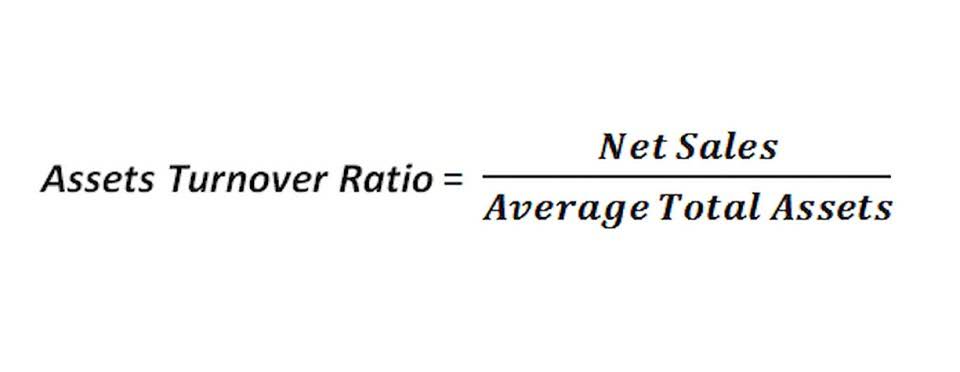
Activity-based cost allocation (ABC) is a method of assigning overhead and indirect costs such as salaries and utilities to products and services. This system of cost accounting is based on activities, which are considered an event, unit of work or task. If you want to build a profitable business, it’s important to consider both direct and indirect costs while defining your pricing strategy. “The total of all your sales must cover direct and indirect costs for your company to make a profit.
More accurate budgeting

Direct costs are traceable to a specific product or business component, while indirect costs benefit multiple products or https://www.bookstime.com/blog/difference-between-daybooks-journals-ledgers the business in general. Knowing the difference between direct vs indirect costs helps in understanding the business’s cost structure and developing a competitive pricing strategy. Moreover, understanding the nature of costs enables you to determine if all costs are accounted for correctly and if the net income reflects the business’s true performance for a particular period.
How do you calculate indirect cost in accounting?
- Are you looking for the latest trends and insights to fuel your business strategy?
- Careful indirect costs management ensures that organizations can recover expenses necessary to conduct research and operate programs.
- If you’re manufacturing baseball bats, your direct costs would include the wood, composite, or metal needed to make each bat, as well as the salaries of the line workers making the bats.
- When recording direct costs, in most instances, these costs will be variable, meaning that they can change according to production levels.
- Knowing the current federally negotiated rates ensures they are applied appropriately during budgeting and actual indirect cost recoveries.
That’s why the American Express® Business Gold Card offers Cardmembers extended payment terms of up to 54 days to help with cash flow management¹. You’ll also earn Membership Rewards® points on everyday business purchases, which can be used across travel, retail and dining, or redeemed as a statement credit to reinvest in your business². Cost accounting focuses on a business’s costs and uses the data on costs to make better business decisions, with the goal of reducing costs and improving profitability at every stage of the operational process. Financial accounting is focused on reporting the financial results and financial condition of the entire business entity. For example, a company decides to buy a new piece of manufacturing equipment rather than lease it. Similarly, indirect fixed cost is not traceable or directly related to each unit of product and neither does it vary as per the output, for e.g. guard salary.
Proper management of overheads enhances overall cost efficiency
- Proper cost classification will also come in handy when it is time to file a business tax return as some direct and indirect expenses may be tax deductible.
- It is useful to identify indirect costs, so that they can be excluded from short-term pricing decisions where management wants to set prices just above the variable costs of products.
- Similarly, materials such as miscellaneous supplies purchased in bulk—pencils, pens, paper—are typically handled as indirect costs, while materials required for specific projects are charged as direct costs.
- This insurance is considered an indirect cost because it isn’t directly related to the company’s main services.
- While these terms are often used interchangeably, they actually refer to different types of expenses.
Understanding how to properly budget, track, and claim indirect costs is an important aspect of managing federally-funded programs and maximizing available resources for operational expenses. Careful indirect costs management ensures that organizations can recover expenses necessary to conduct research and operate programs. Indirect cost rates are negotiated agreements between an organization and the federal government that determine the percentage of direct costs that can be claimed as indirect costs on federal grants and contracts. Rates are based on audited and documented expenses and can vary significantly between organizations. Properly allocating indirect costs allows organizations to understand the full cost of their activities and make informed decisions.
Just like direct costs, indirect costs can be numerous, and will typically differ considerably from one industry to another. Consequently, there is no single pre-determined mathematical formula to calculate indirect costs. You need to keep track of your indirect costs because if they are increasing, you may need to price your goods differently—or quickly improve your efficiency in order to achieve a higher gross margin. Re-evaluate projections annually to account for changes in direct https://www.facebook.com/BooksTimeInc/ costs or fluctuations in the institution’s negotiated indirect cost rate. We can all agree that properly tracking indirect costs is crucial yet complex for organizations. By considering your indirect and direct expenses, you can determine a reasonable cost for your products or services so you don’t underprice.
- Unlike direct costs, which can be easily traced to a specific product or service, indirect costs are incurred for the overall benefit of the business as a whole.
- Let’s say that you want to find your overhead rate using your direct labor expenses.
- Some expenses, such as power, can fall under both categories or switch categories, depending on your company’s production system.
- A qualified accountant or financial advisor can help a construction company calculate an appropriate indirect cost rate for their specific situation.
- Opportunity cost is the benefits of an alternative given up when one decision is made over another.

A notable exception is direct labor costs, which usually remain constant throughout the year. Typically, an employee’s wages do not increase or decrease in direct relation to the number of products produced. Direct costs are expenses that a company can easily connect to a specific “cost object,” which may be a product, department or project. It can also include labor, assuming the labor is specific to the product, department or project.

Find the talent you need to grow your business

For instance, you currently rent a building that houses a small production area where indirect costs are also referred to as costs. your employees create gift baskets, with sales and administrative staff working in the building as well. Keeping detailed records of how direct cost estimates are developed is key for justifying budget requests. At sustainable bedding retailer Ethical Bedding, founder and CEO James Higgins admits he monitors business costs more or less ‘constantly’. Read our article about managerial accounting and its importance for small businesses.
